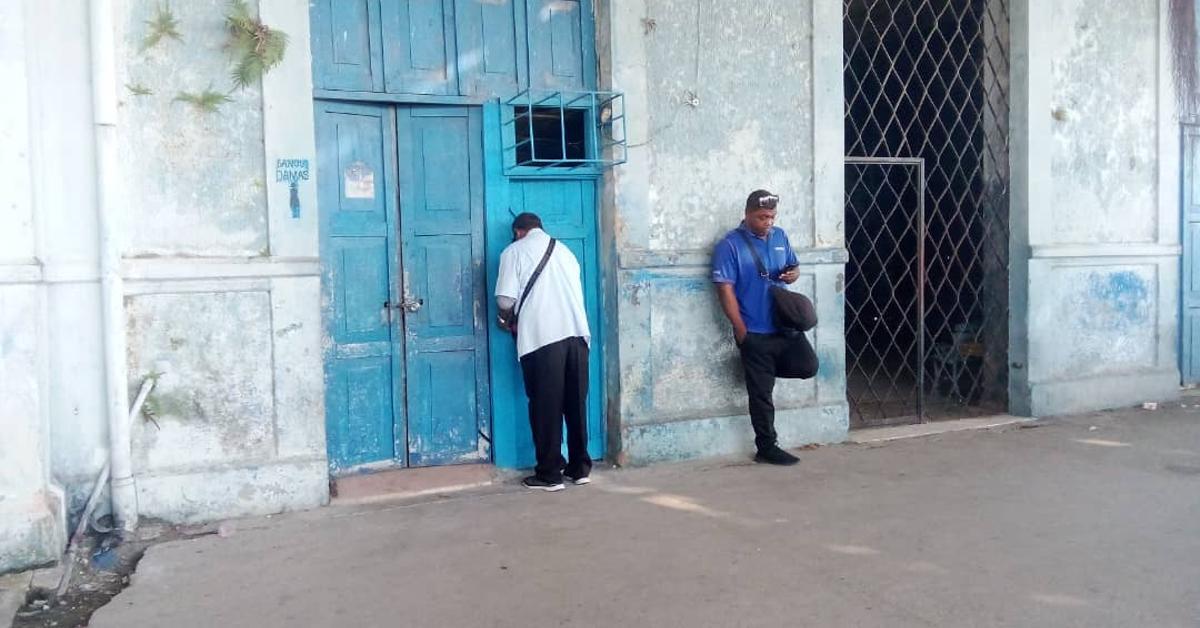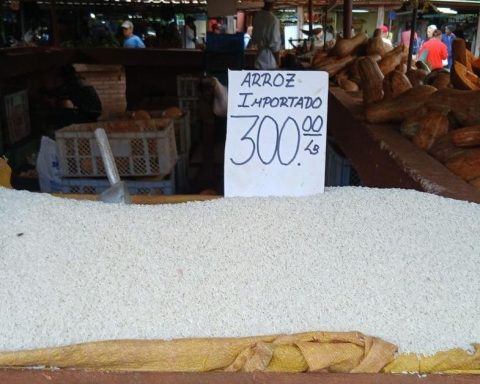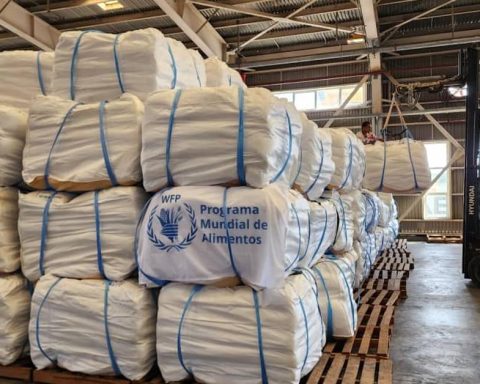Matanzas/Fatigued and sweaty, travelers rely on the facade of the Matanzas terminal as if it were the regret wall. Some support their forehead on the wall, fleeing from the migraine, and others underpin the body against the successive layers of lime and blue paint, always ricked.
We must not be an architect or mason to diagnose the evil evils, closed to the public but still functional as a boarding point: lack of maintenance, insufficient remituses and the sensation – compared by officials and passengers – that the place is anyone’s land. It is useless, therefore, expecting short -term arrangements. Or to no period.
Medium broken stained glass windows, once colorful, and a firm metal skeleton – to the way of the classical European stations – give the measure of what was once the station, built in 1883 by the British United Railways. Now the dirt covers even those parts of the building that seem like cyclones and carelessness, and endow the place of a fragility that travelers do not take to feel too.
/ 14ymedio
The human mass bet next to the station, struggling to hunt a particular transport, contribute to the hostile environment. If it were not for that flow in its immediate vicinity, the terminal could go through another ruin, from which Matanzas – another one of the most important cities in the country – does not lack.
Ask where the bath is practically a joke. A long time ago the hydraulic installation collapsed. The same could be said of the ticket offices to buy tickets or enroll in the waiting list: to do it you have to walk four kilometers, to the La Jaiba railway terminal, where – for fear of collapse – the station workers moved.
Without a passage purchased in the Jaiba you cannot address a bus in the other installation. Georgina knows it well, which often must overcome the section and pay 250 pesos to a bicitaxi to take it from one point to another. “The discomfort is immense, not only because of how removed the trains terminal, but because there are no minimum conditions for staying,” he laments.
The provincial government promised that a bus would connect both stations at least one hour before each scheduled exit. Everything was in words, says Georgina. The fuel crisis and the little will of the leaders quickly turned the measure into an impossible mission.
/ 14ymedio
To top it off, to arrive or leave the Jaiba you have to move through a separate area – and therefore insecure – of the city. If you travel with luggage, which is usual, it is very dangerous to make the journey on foot. Those who travel to Havana have devised a expensive solution: that the driver goes directly to the houses, for an extra that causes the passages to ascend up to 5,000 pesos, depending on the time.
Who finally achieves from the Jaiba to the other terminal will find an effervescent panorama: the closed station, but the drivers in the piquera; the bars lowered, but the tail walking; The roof in collapse, but customers trying to take refuge in the shade.
Georgina summarizes the paradox: “It is as if the Government had closed the station, but ‘lies’, to remove responsibility if any misfortune occurs.”


















